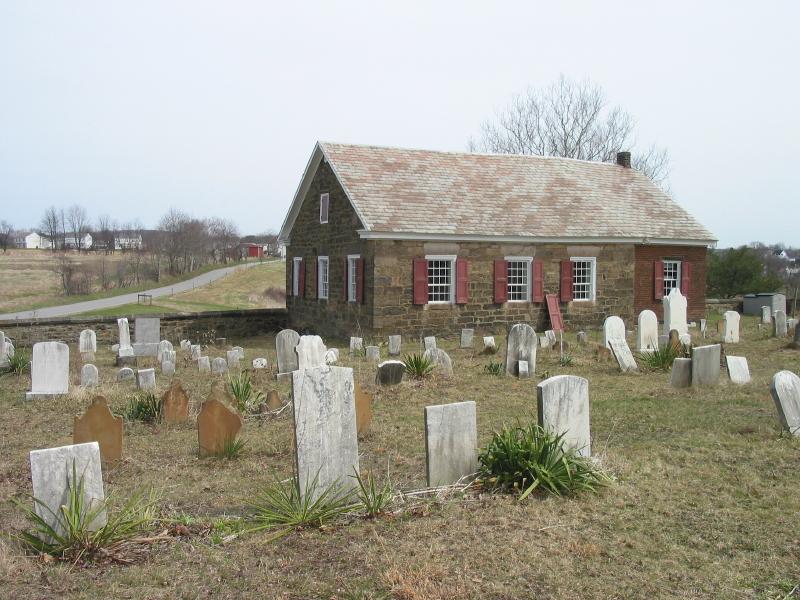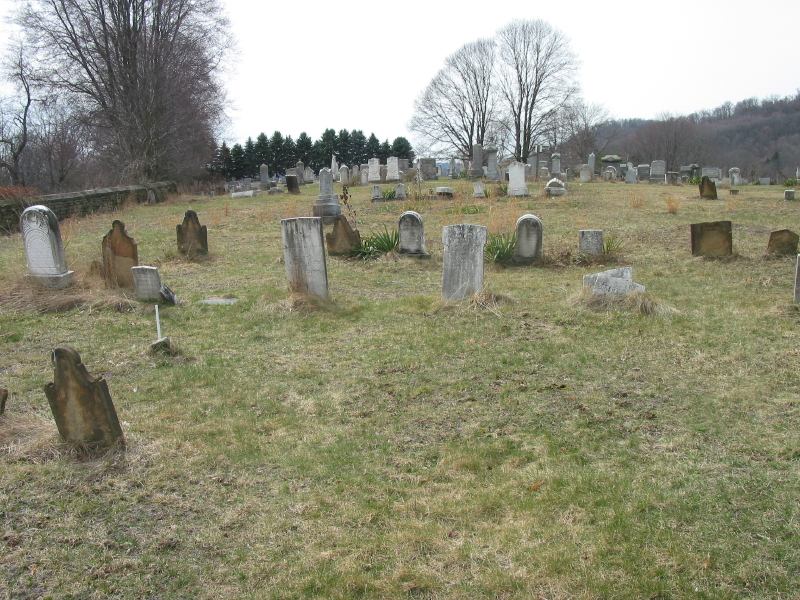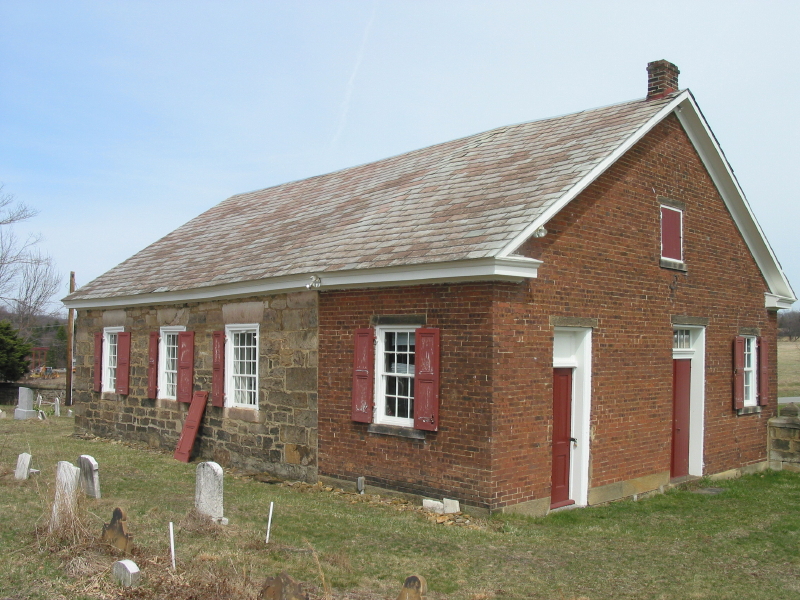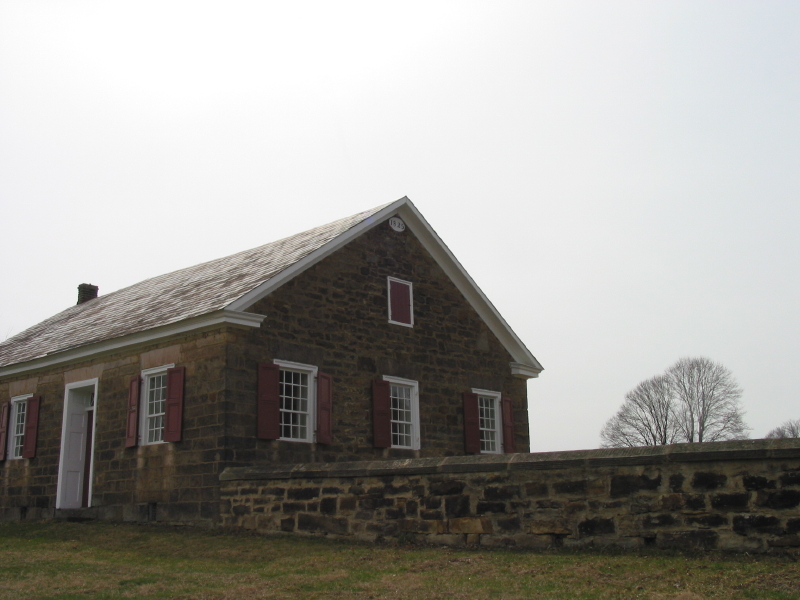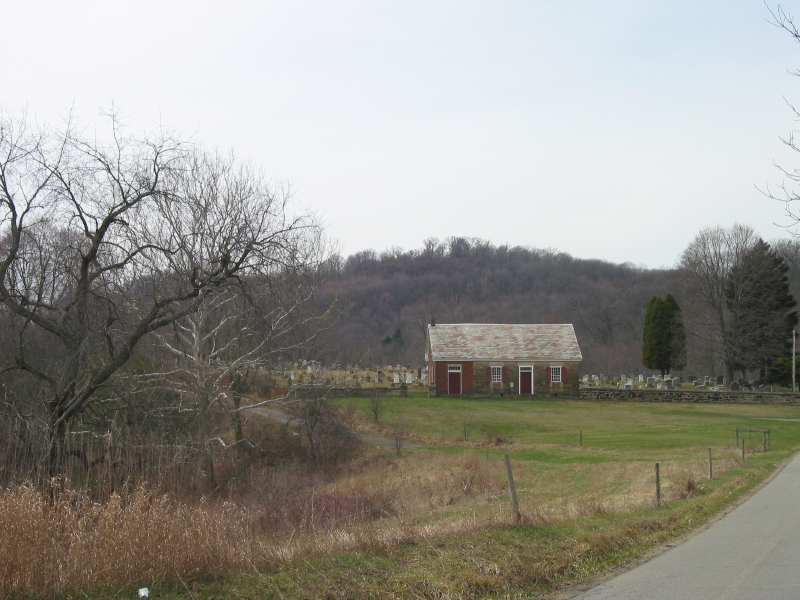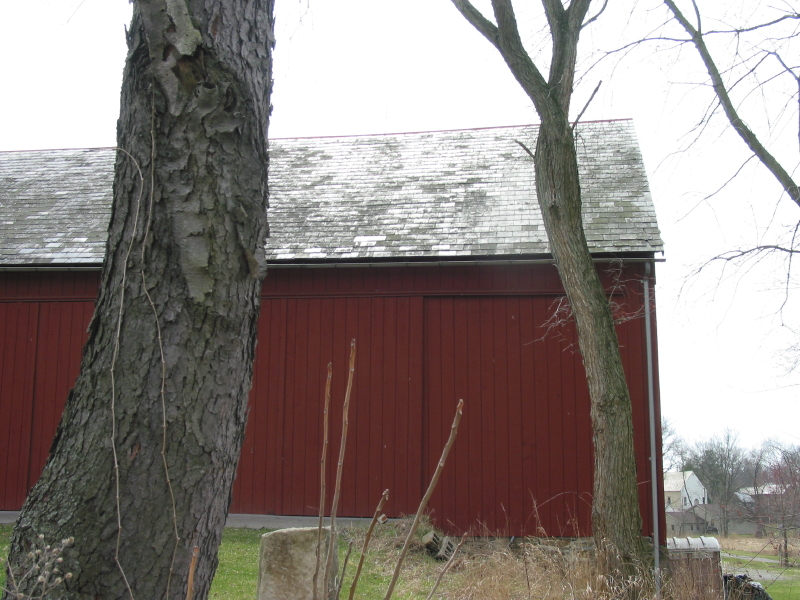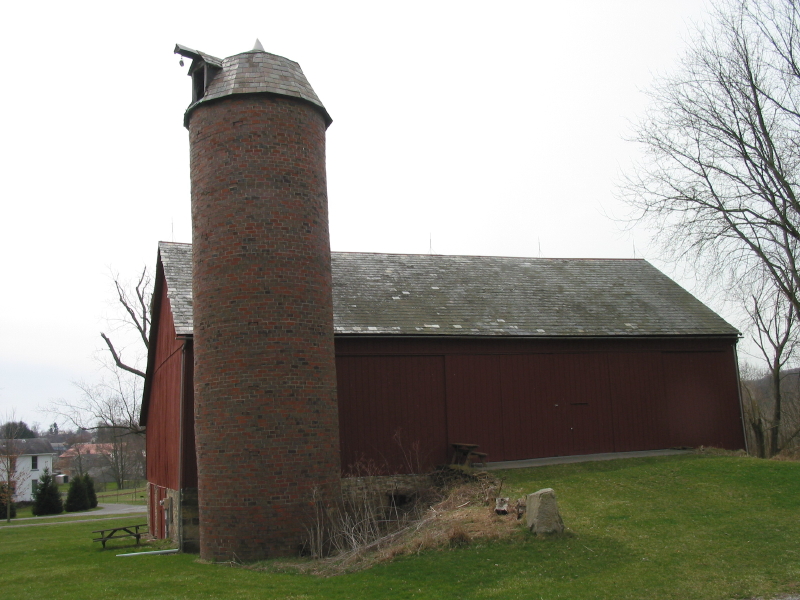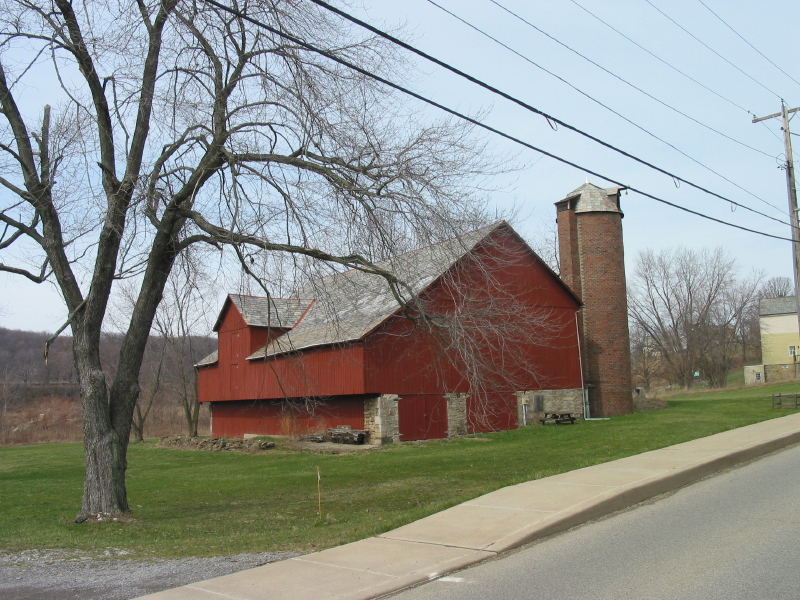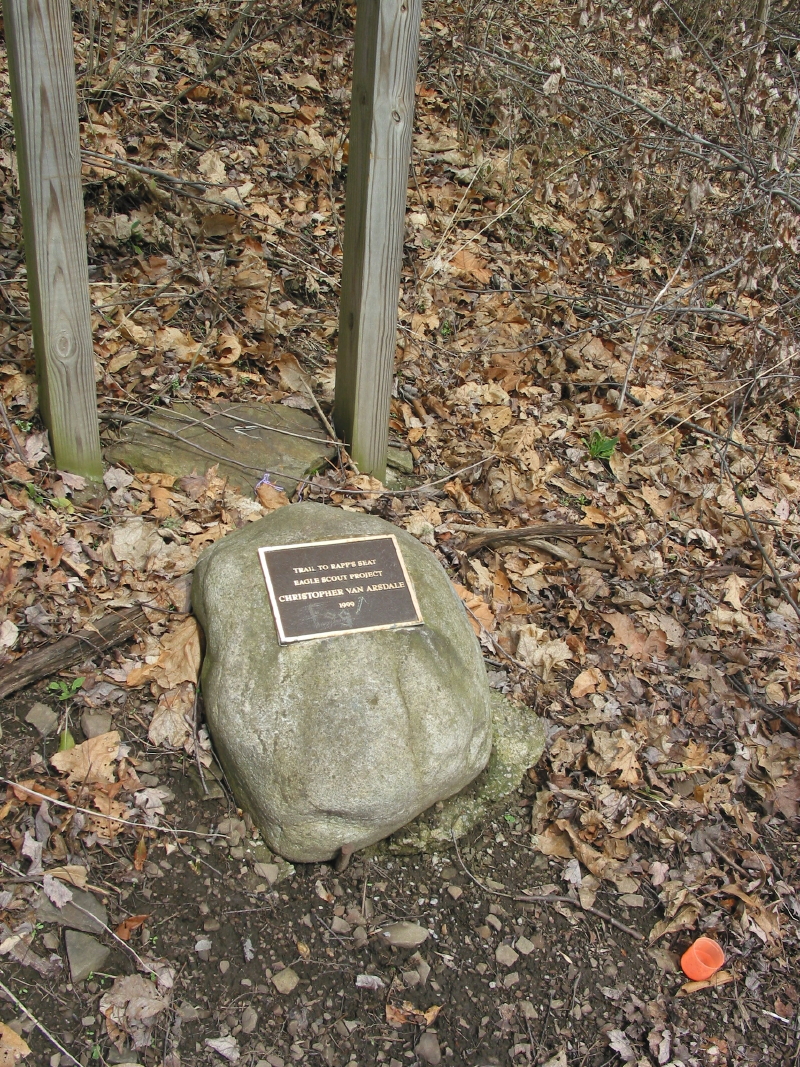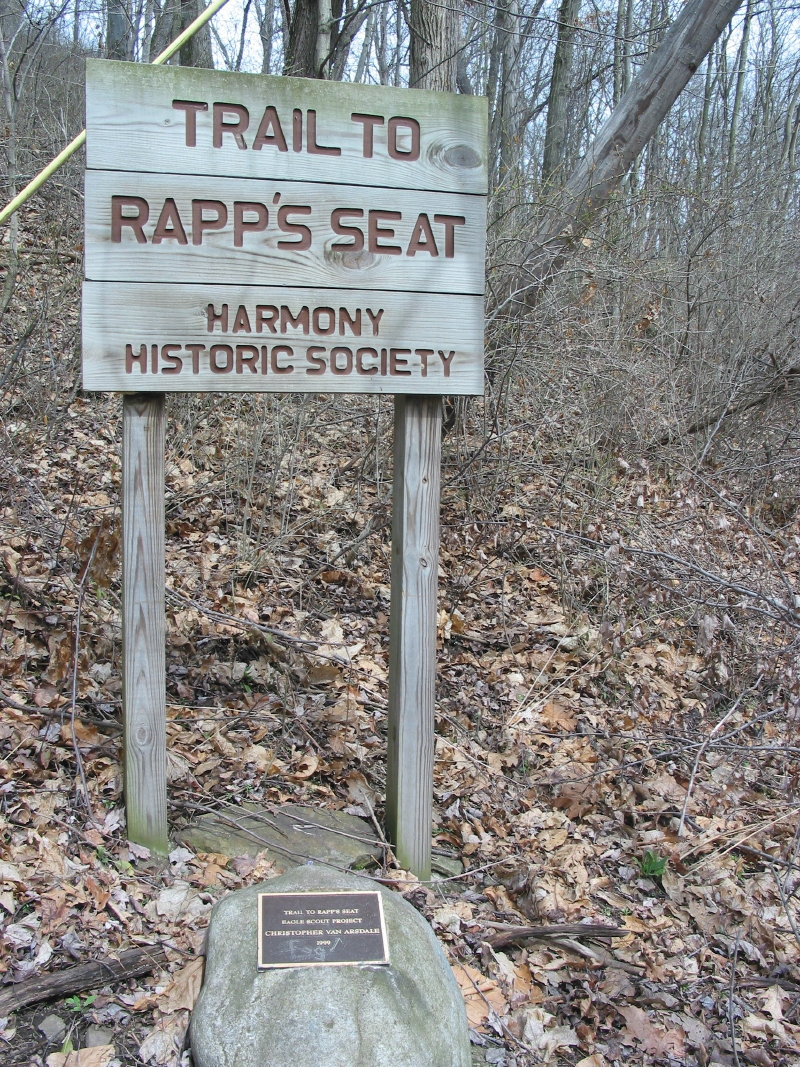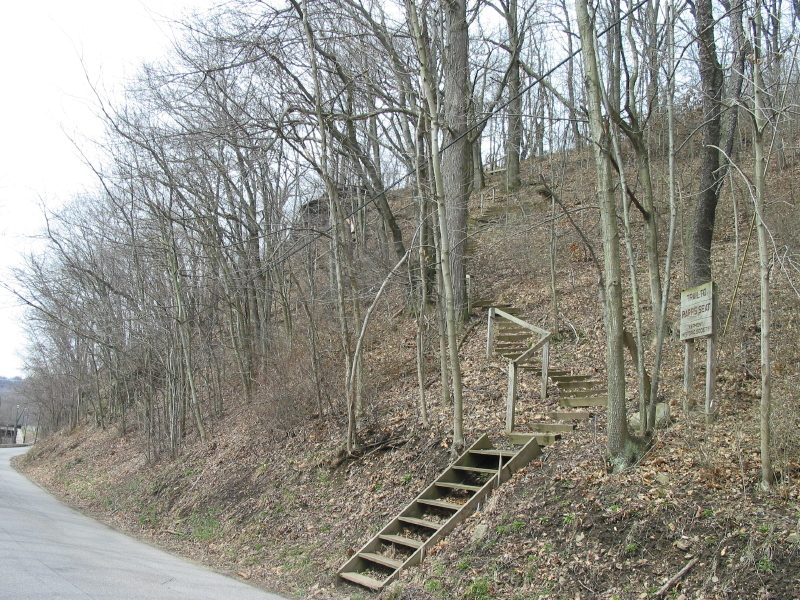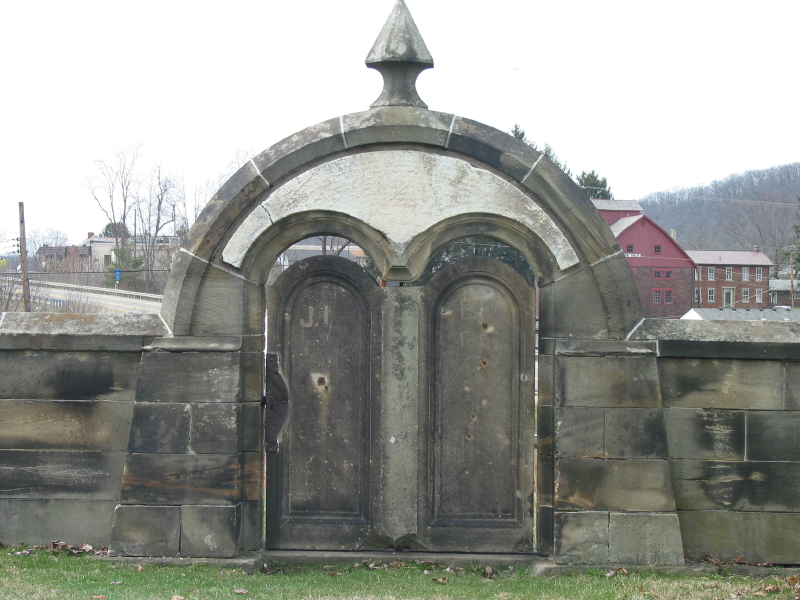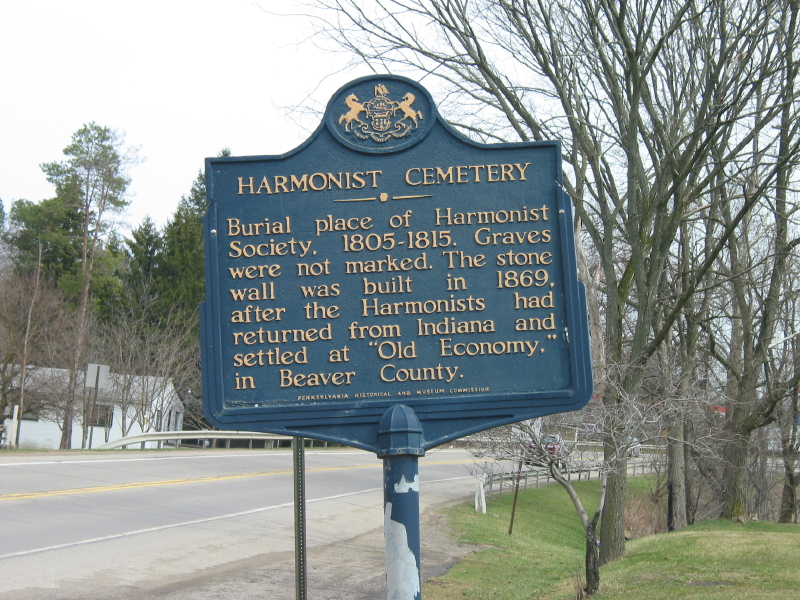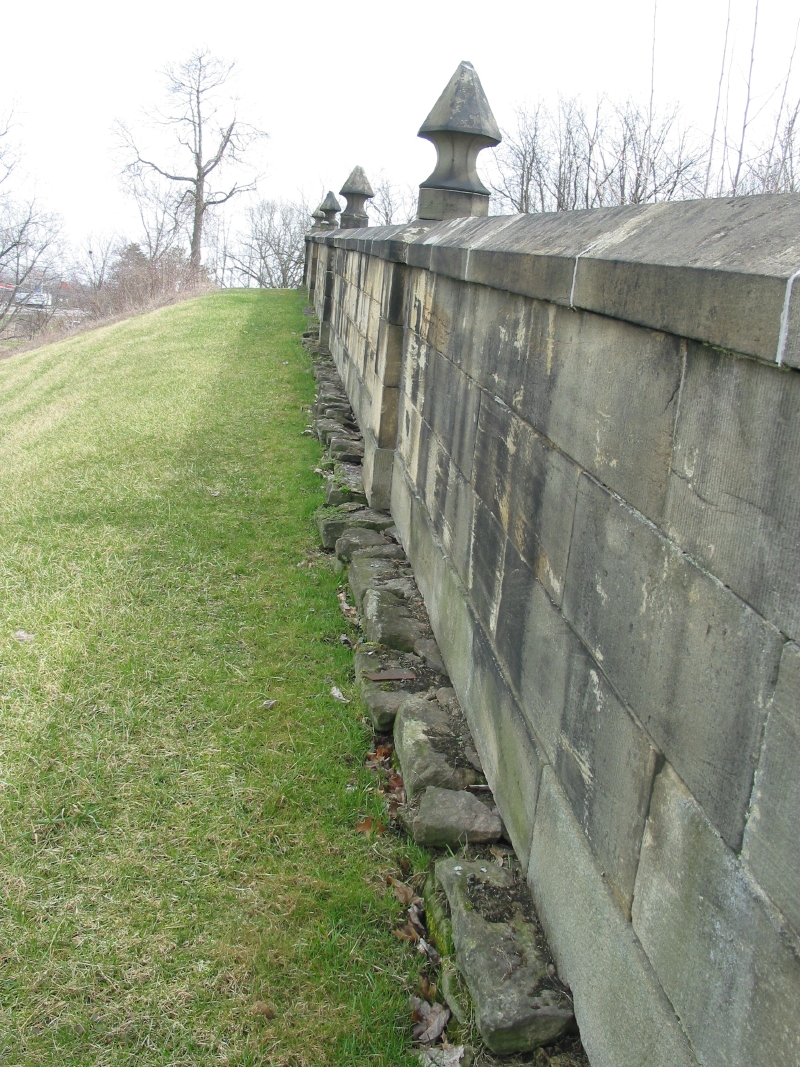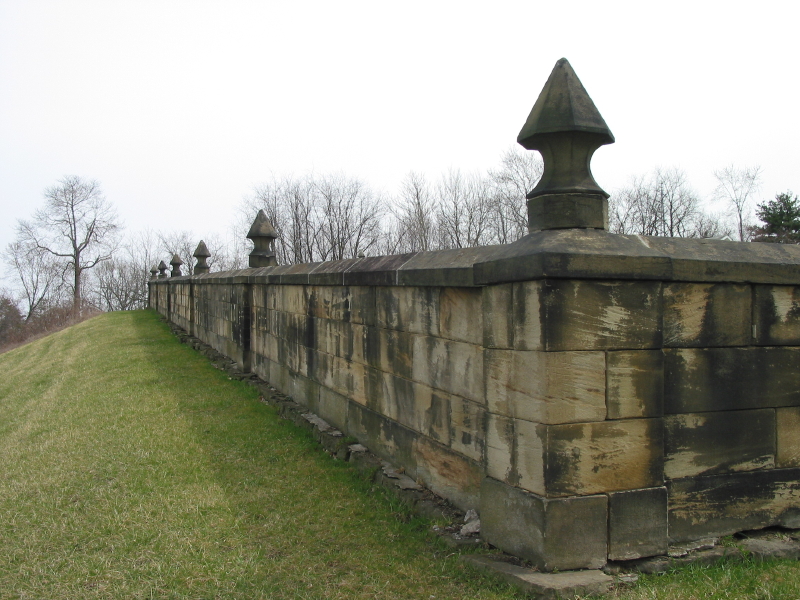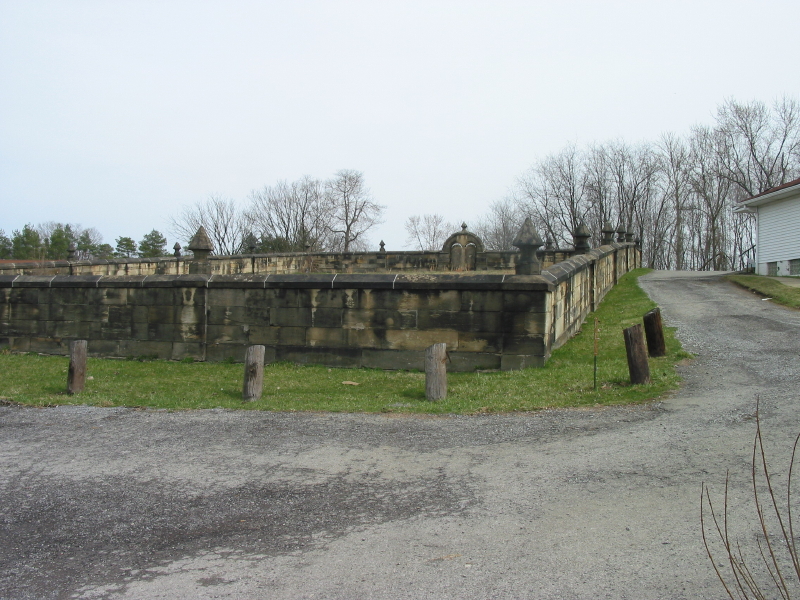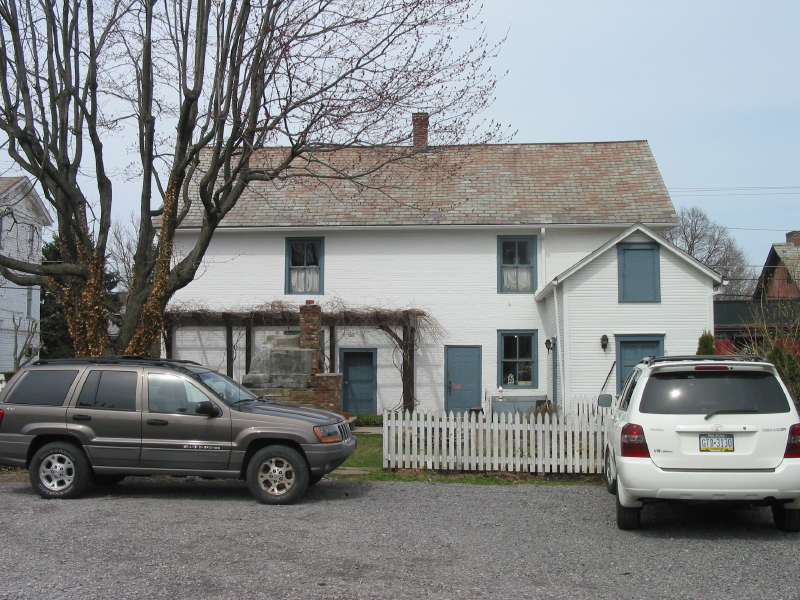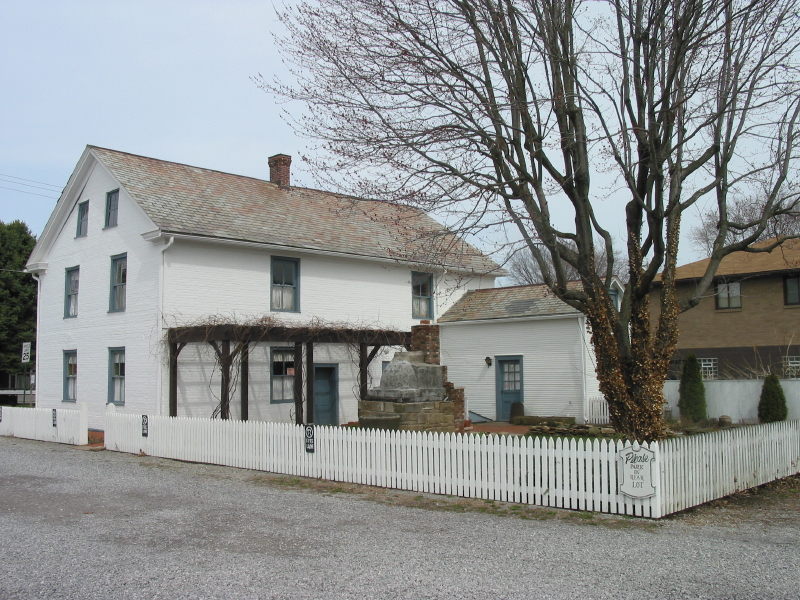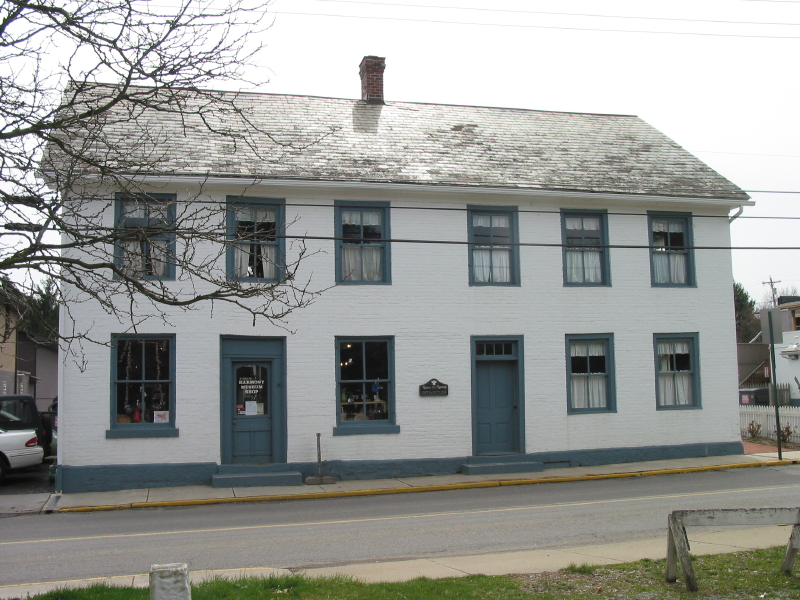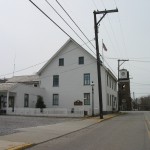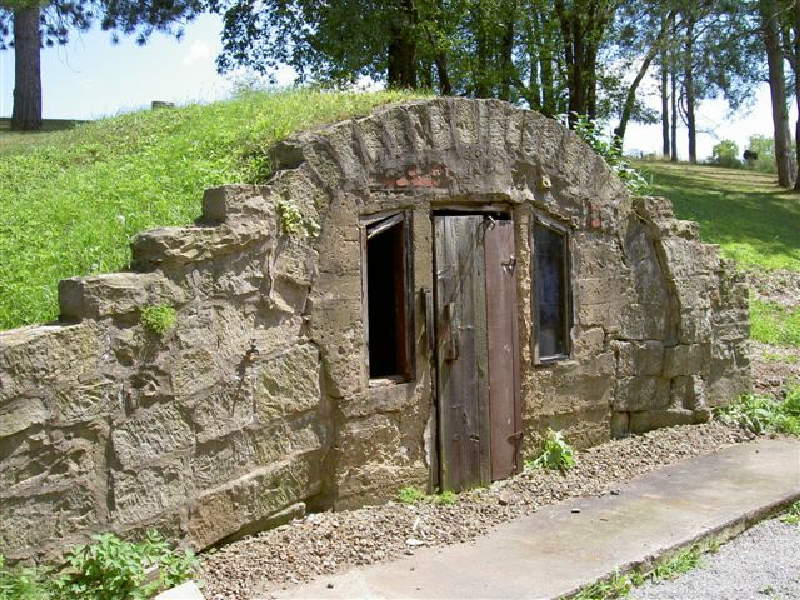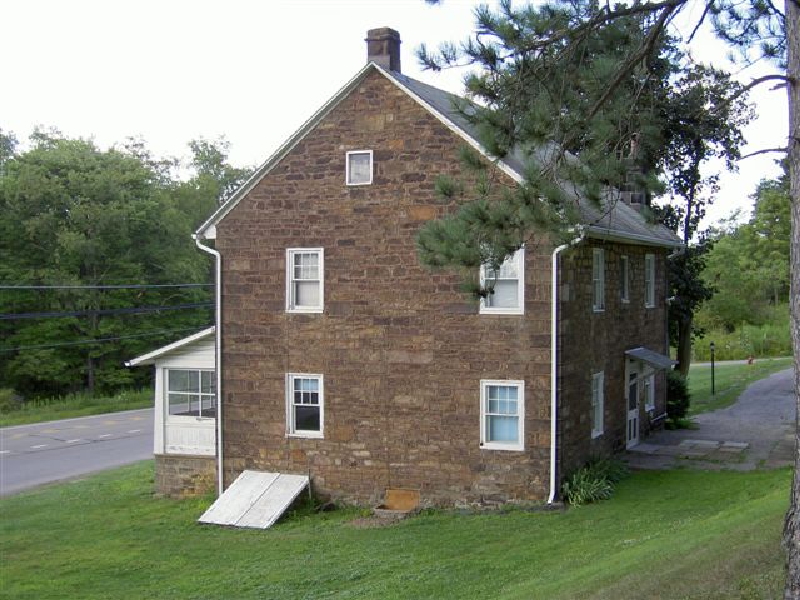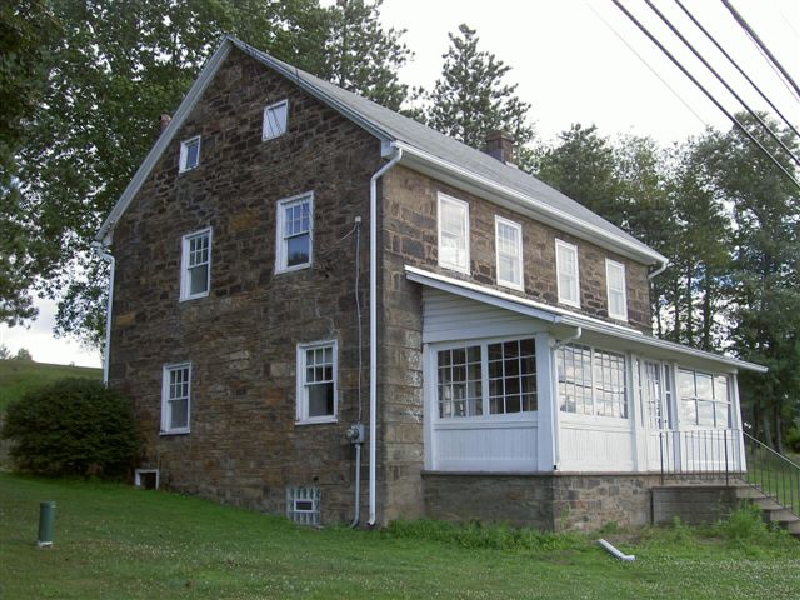
Category Archive: National Historic Landmarks
-
Gettysburg Casino Plan Raises Hackles of Historians
Thursday, July 01, 2010By Dante Anthony Fuoco, Pittsburgh Post-GazetteHistorical musings about the bloodiest Civil War battle and concerns over a continuing gambling debate intersected yesterday in a poetically timed proclamation.
On the eve of the Battle of Gettysburg’s 147th anniversary, a group of prominent American historians sent a letter to the Pennsylvania Gaming Control Board stressing that a proposed casino near Gettysburg battleground will “unavoidably conflict” with the area’s historical significance.
Urging board chairman Gregory Fajt to deny the proposed casino’s application, the letter kindles a modern-day battle between preservationists and casino supporters that opened in 2005, when another application for a casino in the area from the same developer was put forth.
Building a casino close to the battleground “would be an insult to the men who died there,” said James McPherson, author of the Pulitzer Prize-winning “Battle Cry of Freedom: The Civil War Era” and professor emeritus of United States history at Princeton University.
Some 160,000 Union and Confederate troops fought and 50,000 died at the Battle of Gettysburg, the bloodiest and largest of the Civil War. It started on today’s date in 1863 and ended on July 3.
“The idea of a gambling casino on or even near [the battleground] is totally incompatible with the nature of that historic site, which is special and unique,” Dr. McPherson said.
“A casino can be put anywhere, but there’s only one Gettysburg,” he added, a message echoed in the letter that he and 271 other historians signed.
Many historians claim the battle was a pivotal part of the Civil War, not just because it was the largest and bloodiest but also since President Abraham Lincoln four months later uttered his famous “Gettysburg Address” there at the dedication of a national cemetery.
If granted a state license, Mason-Dixon Resorts & Casino will be at the existing Eisenhower Hotel & Conference Center in Cumberland Township.
The casino would be a half-mile from the 6,000-acre Gettysburg National Military Park, five miles from the borough of Gettysburg’s center and three miles north of the Mason-Dixon line. The application — asking for a gambling parlor with up to 600 slots — is currently being reviewed by the state’s gaming control board.
Though the casino would not be placed within Gettysburg National Military Park, the letter contends that putting a casino “so close to the Battlefield at Gettysburg is simply incomprehensible.” The casino’s proposed site would be next to where Union cavalry advanced toward the South Cavalry Field, which saw substantial fighting on July 3, according to the Civil War Preservation Trust. Claiming “that history stops where the park ends is a modern idea, and it just isn’t true,” said Mary Koik, spokesperson for the battlefield preservation organization.
The letter alludes to a similar debate in 2005, when David LeVan, a Gettysburg businessman and a developer of the proposed casino, applied for a 5,000-slot casino a few miles northeast of Gettysburg’s town center. The state did not grant that casino a license at the end of 2006, largely because of widespread public opposition, said Richard McGarvey, Pennsylvania Gaming Control Board spokesperson. Historians, including Dr. McPherson, expressed similar opposition over the last application in a debate that lasted 20 months.
Other historians signing yesterday’s letter include Garry Willis, who wrote the Pulitzer Prize-winning “Lincoln at Gettysburg: The Words That Remade America”; Carol Reardon, who directs Penn State’s graduate studies in history; and Edwin C. Bearss, chief historian emeritus of the National Park Service.
The Pennsylvania Gaming Control Board hopes to reach a decision by the end of the year, but it first needs to have public meetings — where people can voice concerns and approval — for the proposed casino’s application and the three others that have filed for the same license, Mr. McGarvey said. No more than one license will be granted, and it’s possible that none will be, he added.
So far, though, this proposed casino has gotten support in the region, said David La Torre, spokesperson for the proposed casino. The Gettysburg-Adams Chamber of Commerce last week expressed support for the casino, and the Cumberland Township Board of Supervisors did the same in April, Mr. La Torre said.
Pro-Casino Adams County has backed the proposed casino, claiming that the area has suffered job losses and could benefit from the gambling parlor’s 900 jobs. And 62 percent of those in Adams County support the proposal, according to a study conducted by Franklin & Marshall College that polled 600 county residents.
But others claim that the casino would have a negative impact on the area, namely in pushing away heritage tourists, who are different from typical tourists because “they travel for meaning,” said No Casino Gettysburg spokeswoman Susan Star Paddock.
“Those tourists have told us in droves that they are offended [by] the casino,” she said. “I don’t believe that anyone in this country outside of these investors and their cheerleaders would be OK with a casino at Ground Zero or at Arlington Cemetery or the sight of Pearl Harbor.”
Mr. La Torre said that there wasn’t the same kind of outcry when a Comfort Inn was recently built in a spot close to a cemetery and where Lincoln delivered his Gettysburg Address, or when a 120-acre parcel of land in the national park was purchased recently by a high-density housing development.
Ms. Paddock said, however, that these points are insignificant in light of bigger issues.
“All the major Civil War historians have come out in opposition. That’s the real story,” she said in response. “The rest is just distraction.”
-
HRC Gives Conditional Nod to Apartments in Old Uptown School
Thursday, June 03, 2010By Diana Nelson Jones, Pittsburgh Post-GazetteThe Historic Review Commission Wednesday conditionally approved the plans of an investment group to renovate the former Fifth Avenue High School, Uptown, into 65 rental lofts.
Casey Steiner and Jonathan Hill, on behalf of the new owner, an investment partnership called LMS 5th LP, said they propose to restore the exterior to national historic standards and build a new parking lot of two levels, the higher about 3.5 feet above sidewalk level on the Fifth Avenue side to be accessible to the handicapped.
Provided financing “falls into place,” Mr. Steiner said, work on the 5th Avenue School Lofts could be under way by fall. “We’re pretty confident.”
The market, he said, is graduate students, empty nesters, people who work Downtown, in Oakland, at Mercy Hospital and Duquesne University.
The commission’s conditions are that the development partners provide more detail of the composition of concrete facing on the parking deck, screening of the deck and railings.
The investors provided historic planner Katherine Molnar proof of approval from the U.S. Department of the Interior, which is charged with upholding historic standards. The former school is a nationally designated historic structure, and the investment will receive federal historic tax credits.
Mr. Steiner, president of Impakt Development, said the partnership paid $640,000 last year for the building from Excel Kitchens, which operated out of a small part of the school, which was built in 1894, closed in 1976 and was otherwise empty that long.
In other matters, the commission approved Eat’n Park Hospitality Group’s plan to build a restaurant in Schenley Plaza, nearest where Forbes Avenue and Pennant Place meet.
The building will have two living walls, a green roof on which herbs and vegetables will be grown for the restaurant and a rain barrel will collect water. It will be one-story, built of limestone, red cedar, a metal canopy, glass and stacked stone. Facing the park, it will have a “transitional patio” — covered but without walls, said Mark Broadhurst of the Eat’n Park Hospitality Group. It has not been named but will not be called Eat’n Park, he said.
The project is being financed by the hospitality group, said Mr. Broadhurst. The group will lease from the Pittsburgh Parks Conservancy.
-
Historic Harmony Donates Preservation Easements – Eight Properties Under Protection
By Jack Miller
PHLF News
April 20, 2009The Pittsburgh History & Landmarks Foundation (PHLF) has announced that Historic Harmony (HH) has donated preservation easements to PHLF that will ensure the preservation of eight historic HH properties located in Butler County.
All of the protected properties are in Harmony Borough or Jackson Township in the faster growing areas of Butler County according to recent census statistics.
Three of the protected properties, the main Harmony Museum Building at 218 Mercer Street (1809, with 1816 addition), the Wagner House museum annex at 222 Mercer Street (c. 1807 -1812), and the Harmony Society Cemetery at 831 Edmond Street (1805 – 1815) are within the Harmony National Historic Landmark District. The Harmony Society-Ziegler-Wise Barn at 303 Mercer Road (1805, with c. 1850 modification) is eligible for listing in the National Register of Historic Places.
The Vineyard Hill, with George Rapp’s Seat carved into a rock outcrop at 1 Evergreen Mill Road, the likely Harmony Society log house museum annex at 245 Mercer Street, the Mennonite Meetinghouse & Cemetery at 114 Wise Road (1825 and 1815, respectively) and Bishop John Boyer’s House at 295 Perry Highway (1816) are architecturally or otherwise significant historic properties.
A preservation easement is a voluntary legal agreement made between a property owner and an authorized preservation organization to preserve an historic site in perpetuity and recorded as such with the property’s deed.
While granting a preservation easement on a historic property limits what an owner may do with that property, granting the easement provides several benefits. The first and most obvious is that the property owner has protected the historic property in perpetuity from destruction, inappropriate alteration, or development. Another is that an individual or corporate easement donor may be entitled to claim a federal income tax charitable contribution deduction equal to the value of the preservation easement if certain conditions are met.
For example, without the charitable deduction and federal tax credits associated with the restoration of historic properties, projects like the Bedford Springs Resort, Heinz Lofts and the Armstrong Cork Factory Apartments might have never have been developed.
Under terms of its easements, HH will continue to be responsible for the maintenance, upkeep and presentation of its protected properties, and PHLF will be responsible for monitoring the properties in perpetuity to assure compliance with conditions of the easements. No changes can be made to the exterior of any of the sites without PHLF’s prior approval and any changes would have to conform to the Secretary of the Interior’s Standards for Rehabilitation. These requirements will also apply to the Bishop Boyer House, which has always been a private residence and was sold by HH to a private party on the third of April.
“Historic Harmony and PHLF are to be roundly commended for working together to create such a progressive and thoughtful preservation strategy for these significant properties,” said Bill Callahan, the Pennsylvania Historical & Museum Commission’s Bureau for Historic Preservation Western Pennsylvania representative. “What they have accomplished here may well be looked upon nationally as a model for many preservation organizations.”
HH President John Ruch noted that “Harmony was the first home of the communal Harmony Society of German Lutheran Separatists, which founded Harmony in 1804 and organized formally as a Christian communal society in early 1805. George Rapp (1757 – 1847) was its founder and spiritual and organizational head. Designation in 1974 as Western Pennsylvania’s first National Historic Landmark District was recognition of Harmony’s significance in development of the nation’s heritage and culture as the Society’s founding home.
“Many Western Pennsylvanians are familiar with PHMC’s Old Economy in Ambridge,” said Ruch, “but the extraordinary Harmony Society, which became 19th-century America’s most successful communal group, began right here in Harmony.”
“One of the properties now protected by an easement includes the isolated carved rock hilltop seat to which George Rapp would retreat to mediate.”
The idea to place preservation easements on all of HH’s historic properties grew from a proposal to sell the Bishop Boyer House while assuring its preservation.
“The home of Harmony’s first Mennonite bishop, or pastor, was donated to Historic Harmony in 2003 by the late Lillian Frankenstein of Zelienople who entrusted its preservation to us,” Ruch said. “We approached the Pittsburgh History & Landmarks Foundation to explore how we could protect the house even if we no longer owned it. They suggested using a portion of sale proceeds to endow easements that would protect not just the Bishop Boyer House, but all of our historically significant properties.”
As required by HH’s bylaws, the proposal was posed to the organization’s members, who subsequently voted to accept PHLF’s proposal to hold the easements and assume responsibility for their enforcement and defense. All easements were recorded on April 3 when the Bishop Boyer House was sold to Nancy Wilson.
“This is a win-win situation,” said PHLF President Arthur Ziegler. “Historic Harmony is able to honor its commitment to its donor while generating funds to maintain its other historic buildings. We are able to assure the protection of eight architecturally and historically significant properties, and Western Pennsylvanians have guaranteed access to a tangible part of their past.”
PHLF holds nearly 50 preservation easements and deed restrictions on Western Pennsylvania properties, including one it obtained on the 23rd of March on The Carlyle, formerly the Union National Bank Building in downtown Pittsburgh.
“PHLF’s easement initiative has played an important role in protecting historic and architecturally significant properties throughout Western Pennsylvania,” said PHMC’s Bill Callahan.
“While the Harmony easements constitute a highly commendable preservation solution for Historic Harmony and, indeed, the region,” said Callahan, “even more significant is that the action was initiated by a group of citizens passionate about their roots and willing to find a way to assure that their past will always be a part of their future.”
Historic Harmony is a 501(c)(3) nonprofit organization founded in 1943. Its mission is to preserve and promote public knowledge of the Harmony area’s history and heritage through its Harmony Museum and outreach activities, foster tourism in southwestern Butler County in cooperation with other organizations and agencies and encourage preservation of historical resources in support of educational, quality of life, economic development and associated community objectives. More information can be found at www.harmonymuseum.org.
Pittsburgh History & Landmarks Foundation is also a 501(c)(3) nonprofit organization founded in 1964 whose mission is to identify and save historically significant places; revitalize historic neighborhoods; preserve historic farms and historic designed landscapes; and educate people about the Pittsburgh region’s rich architectural heritage. More information can be found at www.phlf.org.

